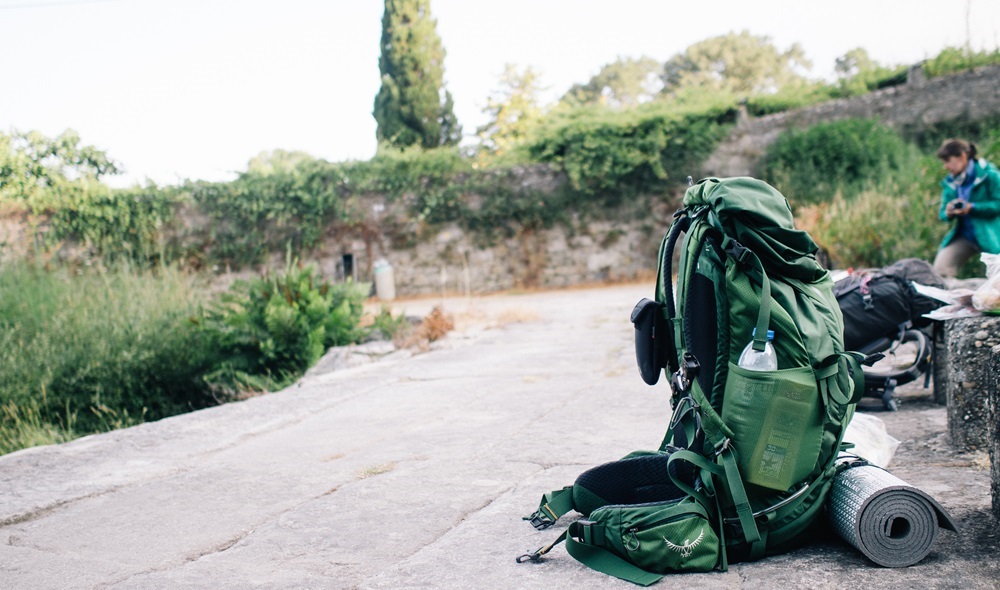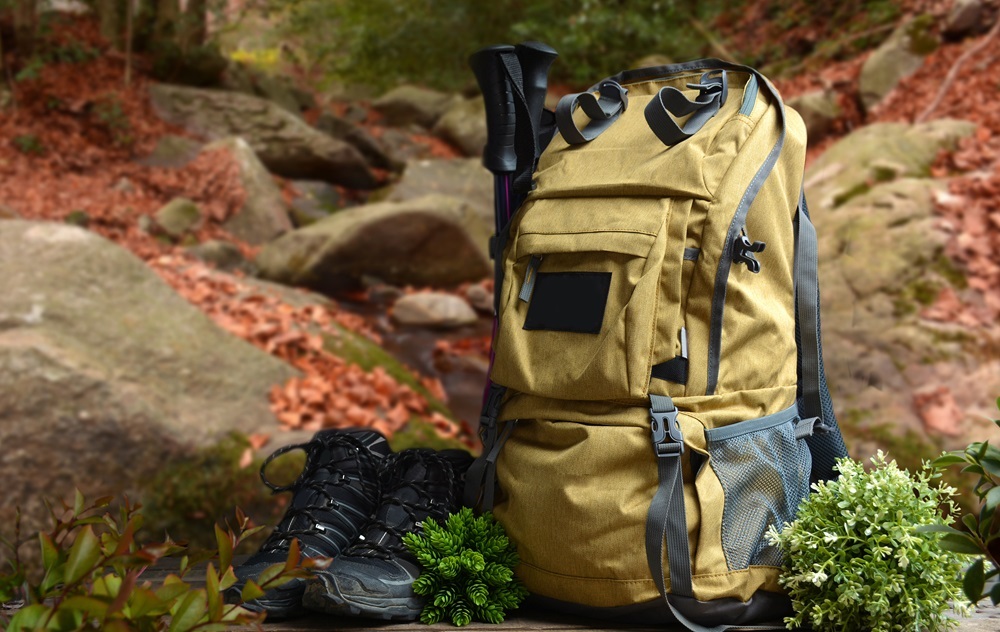The future of backpacks looks more sustainable, and this shift is happening faster than you might think. From your daily commute to weekend adventures, the bags we carry are getting a major eco-friendly makeover.
Whether you’re shopping for daypacks or heavy-duty hiking gear, manufacturers are reimagining how backpacks get made, used, and recycled.
Gone are the days when choosing a backpack meant sacrificing environmental values for durability. Today’s innovators are proving that sustainable doesn’t mean settling for less.
Revolutionary Materials Are Changing Everything
The backbone of sustainable backpack design starts with materials that don’t harm our planet. Companies are ditching traditional petroleum-based fabrics for alternatives that tell a better story.
Recycled ocean plastic has become a game-changer in this space. Brands like Patagonia and Fjällräven collect plastic bottles and fishing nets from our oceans, transforming this waste into durable backpack fabric. One medium-sized backpack typically uses around 25 recycled plastic bottles.
Hemp and organic cotton are making serious comebacks too. These natural fibers require less water to grow and break down naturally at the end of their lifecycle. Hemp, in particular, grows incredibly fast and actually improves soil health.
Mushroom leather and lab-grown materials sound like science fiction, but they’re becoming a reality. These bio-based alternatives offer the strength of traditional synthetic materials without the environmental cost.
Circular Design Principles Drive Innovation
Smart manufacturers are rethinking backpack construction from the ground up. Instead of creating products destined for landfills, they’re embracing circular economy principles.
Modular designs let you replace individual components rather than buying entirely new backpacks. Worn-out zippers, frayed straps, or damaged panels become fixable problems instead of reasons to throw everything away.
Standardized hardware means parts from different manufacturers can work together. This approach extends product lifespans and reduces waste across the entire industry.
Some brands now offer take-back programs where they collect old backpacks, refurbish usable parts, and properly recycle the rest. REI and The North Face lead this movement, turning your worn-out gear into raw materials for new products.
Manufacturing Gets a Green Upgrade
Production processes are becoming cleaner and more efficient. Solar-powered factories and renewable energy sources are replacing fossil fuel-dependent manufacturing.
Water-free dyeing techniques eliminate the massive water waste traditionally associated with fabric coloring. These innovative processes use supercritical carbon dioxide instead of water, reducing environmental impact by up to 90%.
Local manufacturing is gaining traction, too. When backpacks get made closer to their final destinations, transportation emissions drop significantly. This trend also supports local economies and reduces supply chain complexity.
Technology Meets Sustainability
Modern sustainable backpacks aren’t just environmentally friendly—they’re often more functional than their traditional counterparts.
Integrated solar panels built into backpack designs can charge your devices while you walk. These panels use flexible, lightweight materials that don’t add bulk or compromise durability.
Smart fabric technologies regulate temperature and moisture without chemical treatments. These materials adapt to environmental conditions, keeping you comfortable while maintaining their eco-friendly credentials.
RFID-blocking compartments and built-in cable management systems show that sustainable design doesn’t mean sacrificing modern conveniences.
Consumer Demand Drives Change
You have more power than you realize in shaping this sustainable future. Every purchase decision sends a message to manufacturers about what matters to consumers.
Research shows that 73% of global consumers would pay more for sustainable products, and backpack manufacturers are responding accordingly. This demand encourages innovation and makes eco-friendly options more accessible and affordable.
Reading product labels and understanding certifications helps you make informed choices. Look for certifications like Global Recycled Standard (GRS) or OEKO-TEX standards that verify environmental claims.
The Road Ahead Looks Promising
Sustainable backpack innovation continues accelerating as new materials and manufacturing techniques emerge. 3D printing technology promises to revolutionize how backpacks get designed and produced, potentially allowing for completely customized, zero-waste manufacturing.
Biodegradable materials that maintain durability during use but break down safely afterward represent the holy grail of sustainable design. Several companies are developing these materials and expect commercial availability within the next few years.
The future of backpacks looks more sustainable because consumers, manufacturers, and innovators are working together toward common environmental goals. Your next backpack purchase can be both a practical decision and a vote for the planet’s future.
We’re witnessing a fundamental shift in how everyday products get conceived, created, and consumed. Sustainable backpacks represent just the beginning of this transformation, proving that environmental responsibility and functional excellence can go hand in hand.

Frequently Asked Questions
What makes a daypack sustainable?
Answer: Sustainable daypacks use eco-friendly materials like recycled ocean plastics, hemp, organic cotton, or mushroom leather. They’re designed to last longer, reduce waste, and minimize environmental impact.
Can sustainable daypacks be as durable as traditional backpacks?
Answer: Yes! Modern sustainable materials and circular design principles, like modular components and reinforced fabrics, ensure that eco-friendly daypacks are just as functional and long-lasting.
How are sustainable daypacks better for the environment?
Answer: They reduce waste, use fewer natural resources, and often employ green manufacturing processes like water-free dyeing and solar-powered production, minimizing pollution and energy use.
Are there modern features in eco-friendly daypacks?
Answer: Absolutely. Many sustainable daypacks now include features like RFID-blocking compartments, built-in cable management, temperature-regulating fabrics, and even integrated solar panels.
How can I make sure the daypack I buy is truly sustainable?Answer: Check product labels and certifications such as Global Recycled Standard (GRS) or OEKO-TEX. Also, look for brands offering modular designs, take-back programs, or transparent material sourcing.


